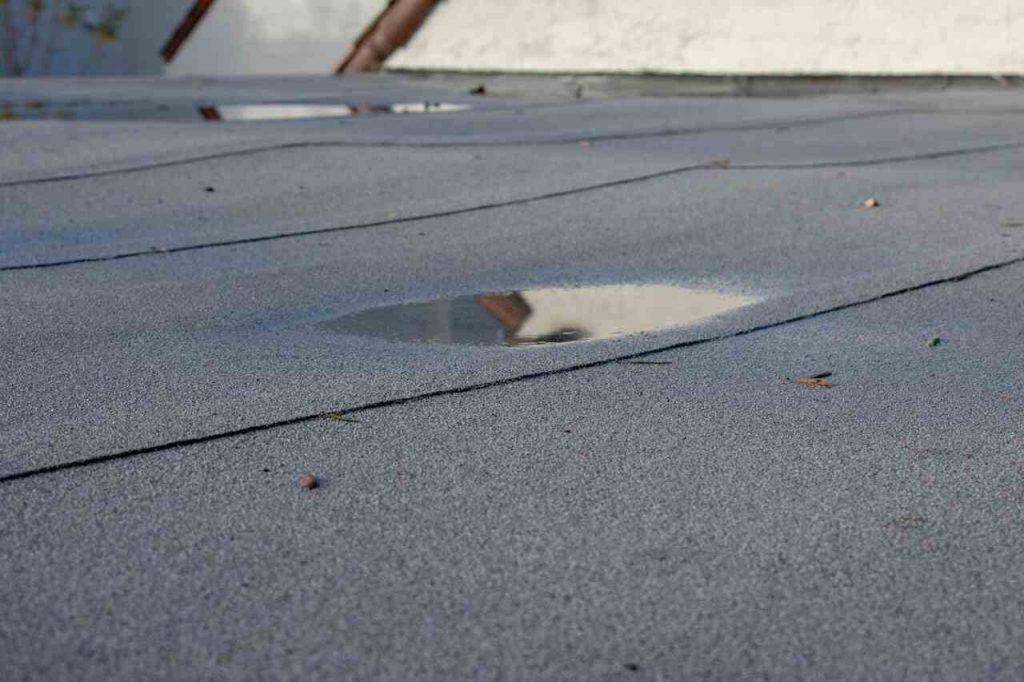It’s a rainy day, and you’re nestled up on the sofa with a lovely book, listening to the raindrops on the roof. A loud drop is heard, followed by another. You leap to your feet and rush to the window, only to find water coming in through the ceiling.
Your heart falls as you realize it’s time to replace your flat roof. Replacing a flat roof is an investment for any homeowner or business owner. Knowing the primary parts of flat roof replacement is critical, whether you are struggling with an aged roof, frequent leaks, or wish to update your home.
We will discuss the three vital things you should know when creating a roof replacement project. You should have enough information to make informed decisions. You will ensure a successful roof replacement.
Continue reading to learn more.
1. Understanding Your Flat Roofing Options
Choosing the proper roofing material is a vital part of flat roof replacement. Flat roofs are seen on commercial buildings, but due to their modern look and space efficiency, they are becoming popular in residential construction. There are various flat roof roofing materials available, each with its own set of parts:
Built-Up Roofing
Built-up roofing is often known as tar and gravel roofing. It is a time-tested and dependable solution. It is made up of many layers of bitumen and reinforcing fibers.
BUR offers superb waterproofing and is durable. It makes it ideal for high-traffic locations.
Modified Bitumen Roofing
BUR has evolved into modified bitumen roofing, which is more flexible and easier to install. It is constructed of asphalt that has been strengthened with modifiers and solvents. Modified bitumen roofs are well-known for their resilience and resistance to adverse weather conditions.
Single-Ply Membrane Roofing
TPO (thermoplastic olefin) and PVC (polyvinyl chloride) single-ply membranes provide a lightweight and cost-effective alternative for flat roofs. These membranes are made on-site and come in big rolls, reducing seams and possible leak spots. Single-ply roofing systems are very UV-resistant and energy-efficient.
2. Importance of Professional Installation and Maintenance
A flat roof’s installation is critical to its lifespan and function. Hiring a professional roof replacement contractor with flat roof replacement experience is critical. Professional roofers have the knowledge and experience to analyze your individual needs.
Keeping your flat roof regularly is also essential for increasing its longevity. Inspecting the roof for signs will avoid serious issues and costly repairs later. Expert maintenance services such as roof cleaning and coatings may improve the longevity and weather resistance of the roof.
As you explore the possibilities of flat roof replacement, remember the insights shared on this website.
3. Budgeting and Planning
Budgeting is a crucial stage in flat roof replacement. The cost of the job might vary depending on the criteria. It includes roofing material, roof size, and installation complexity.
To check pricing and services, it is vital to receive many quotations from trustworthy roofing contractors. Consider the long-term uses of high-quality roofing materials and skilled installation while budgeting. Be aware of local construction standards, permits, and rules on flat roof replacement in your region.
Knowing the Tips for a Successful Flat Roof Replacement
Knowing the parts for a successful flat roof repair is crucial to achieving an efficient solution. Don’t forget to follow these simple guidelines to ensure a successful flat roof replacement for your property. You’ll be well on your way to a successful roofing replacement project that stands the test of time.
Did you find this article helpful? Check out the rest of our blog for more!

